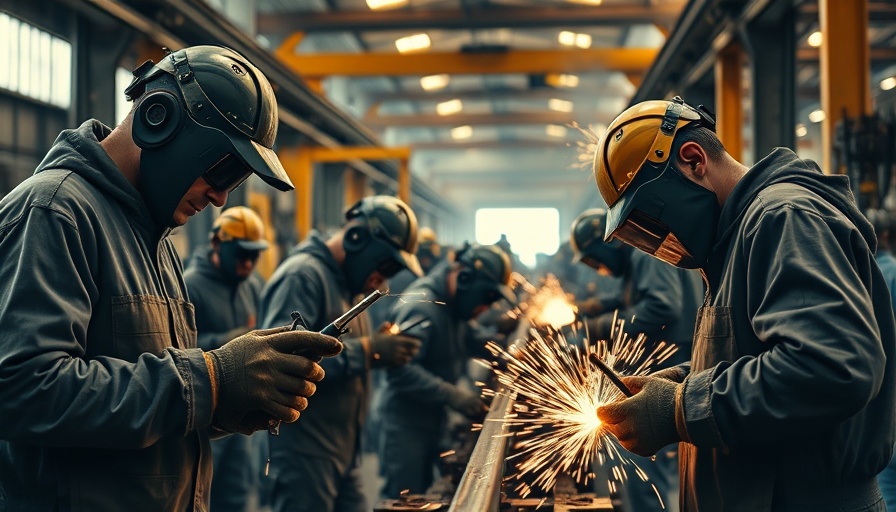
EU’s Clean Industrial Deal: A Double-Edged Sword
The European Commission recently unveiled an ambitious Clean Industrial Deal (CID), touted as a key step toward achieving net-zero emissions across European industries including steel and cement. With promises of regulatory reforms to boost clean technologies, the initiative aims to stimulate investments in electric vehicle (EV) infrastructure and renewable energy. However, critics warn that the deal may fall short of its environmental ambitions, primarily benefiting traditional, fossil-fuel-reliant sectors.
The Promise vs. The Reality
Teresa Ribera, the European Commission's executive vice-president, emphasizes that this deal is Europe’s roadmap for addressing the climate crisis. Ribera envisions the CID as not merely a green initiative but a structured business plan that seeks to reconcile industrial competitiveness with ecological responsibilities. Critics, including the European Environmental Bureau (EEB), counter that despite the ambitious exterior of the CID, it features alarming concessions to polluting industries.
Concerns From Environmental Advocates
Many environmental organizations express skepticism about the deal’s ability to subdue its inherent contradictions. Christian Schaible, head of zero pollution at EEB, warns that while the CID might accelerate decarbonization, it may also overlook broader environmental responsibilities, effectively prioritizing the needs of energy-intensive industries while sidelining pressing pollution issues. The concessions made to maintain competitiveness, particularly the loosening of sustainability reporting standards, raise flags about the sincerity of the EU's commitment to clean energy.
Investment and Economic Implications
The plan outlines a considerable public investment of nearly $104 billion, aiming to generate additional private capital for clean industrial efforts. However, many experts believe that achieving the ambitious 2040 emission reduction targets will require hundreds of billions more, urging the EU to rethink its fiscal commitments to ensure genuine transitions toward sustainable manufacturing. This financial and strategic focus on supporting polluters raises critical questions about the effectiveness of the deal and its long-term viability.
The Future of Europe’s Clean Industry
Despite the concerns surrounding the CID, the EU aims to establish itself as a global leader in sustainable industries and the circular economy. By setting ambitious goals, such as having 24% of materials in circulation by 2030, the plan seeks to enhance both economic and ecological resiliency. However, for the Clean Industrial Deal to live up to its promises, authorities will need to ensure transparency and accountability, giving equal voice to citizens and stakeholders alongside industry giants.
As the conversation unfolds, the atmospherics of this deal reflect deep uncertainties, not just across Europe but in global climate strategy discussions. The outcomes will depend not only on ambitious plans but concrete actions that genuinely facilitate the transition to sustainable and equitable industries.
Conclusion: Navigate the Future of Clean Industries
As the Clean Industrial Deal continues to stir debate, it’s pivotal for stakeholders across the spectrum to engage actively. The future hinges not just on lofty goals, but on determined action backed by accountability, transparency, and a commitment to uphold the integrity of environmental standards. Start exploring innovative green strategies and stay informed about the unfolding impacts of the Clean Industrial Deal.
 Add Row
Add Row  Add
Add 


 Add Row
Add Row  Add
Add 



Write A Comment